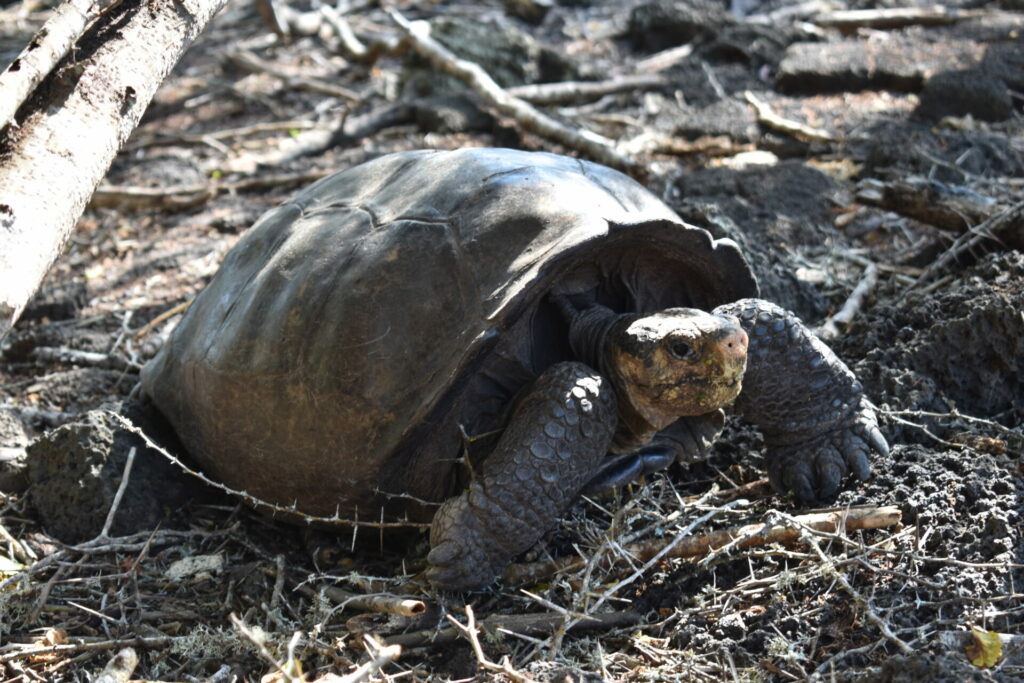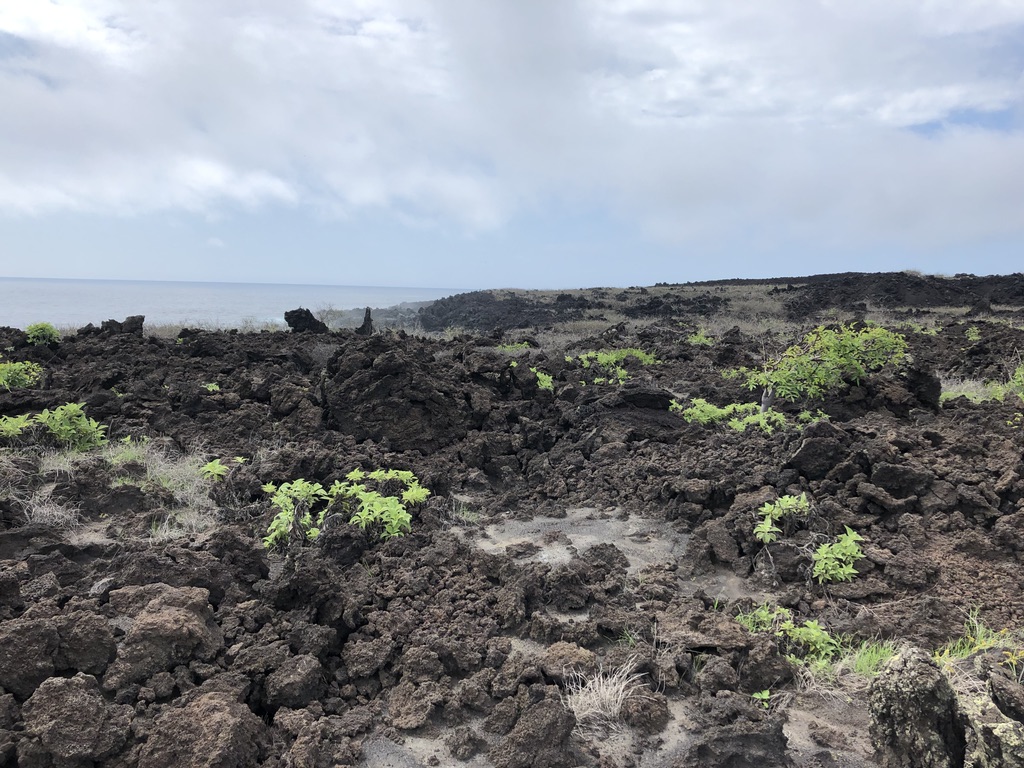A rare species of tortoise, which was thought to have died out more than 100 years ago, has been found living in a remote part of the Galápagos Islands.
The female is the first Chelonoidis phantasticus also known as the ‘fantastic giant tortoise’ to be seen since a male was discovered by the explorer Rollo Beck during an expedition in 1906.
The name refers to the unique flared shape of the species’ shells.
She has been named Fernanda, after the Fernandina Island, in the western Galápagos Archipelago, which is her home.
The rediscovery has prompted a search to see if any more of the species are living in the mostly unexplored active volcano which forms the island.
The animal was discovered in 2019, but it is only now after exhaustive DNA testing using samples gathered from the Beck Expedition for comparison that the species identity has been confirmed.

‘Everything that we knew about this species said it was extinct,’ said ecology and evolutionary biology researcher at Princeton University Stephen Gaughran.
‘So it’s a big deal for a species that we thought was extinct for a hundred years to suddenly appear here.’
All giant Galápagos tortoises are listed on the IUCN Red List from vulnerable to critically endangered, with one species already extinct.
Tortoise DNA
To determine Fernanda’s species definitively, Gaughran sequenced her complete genome – all the genetic information of an organism – and compared it to the genome he was able to recover from the specimen collected in 1906.
He also compared those two genomes to samples from the other 13 species of Galápagos tortoises — three individuals from each of the 12 living species, and one individual of the extinct C. abingdonii species.
‘We saw — honestly, to my surprise — that Fernanda was very similar to the one that they found on that island more than 100 years ago, and both of those were very different from all of the other islands’ tortoises,’ said Gaughran,
Fernanda, who was discovered roaming inside a vegetation clump among the solidified lava of the islet, is estimated to be 50 years old. She is smaller than the typical giant tortoise, probably due to
the lack of vegetation on the arid, volcanic island.
She is now a resident of the Galápagos National Park’s Giant Tortoise Breeding Center on Santa Cruz Island.

Zoologists initially thought that the 1906 tortoise must have been transplanted to Fernandina Island, as tortoises don’t swim.
However research indicates they can float and be carried from island to island during extreme weather events, such as hurricanes. Seafarers, who hunted the tortoises for food, have also been recorded as taking them from island to island to breed and increase populations.
The discovery suggests that however Fernanda got to the island, she might not have been alone, and that there could have been populations of the tortoise on the island at some point.
‘If we only have Fernanda, it’s exciting to have found her. But if she doesn’t have another tortoise to breed with, then there’s nowhere to go.’
Stephen Gaughran, Princeton University
‘These findings are extremely exciting from both evolutionary and conservation perspectives,’ said Michael Russello, a biodiversity researcher at the University of British Columbia.
‘Fernandina is a challenging island to traverse, but this finding does suggest a comprehensive survey may be warranted to search for other individuals (providing) a glimmer of hope that the species may yet survive.’
Recent expeditions found the tracks of two or three other tortoises that could be from the same species, which, if confirmed, could spur local organisations to consider a captive breeding and repatriation program.
‘If we only have Fernanda, it’s exciting to have found her. But if she doesn’t have another tortoise to breed with, then there’s nowhere to go,’ said Gaughran.
‘If there are at least a few of these tortoises still living on that island, then that opens up the possibility of trying to really revive the species.’
At Princeton, Gaughran is working with ecologists Andrea Graham and Bridgett von Holdt to unravel marine evolutionary traits.
VonHoldt, an associate professor of ecology and evolutionary biology, said of Gaughran: ‘Stephen has been collecting specimens from several hundred years old to a few thousand, and these really hold the keys for understanding the history of when and how genomes changed over time. It is not surprising to me that he also led the effort to unravel the mystery of Fernanda, the fantastic ghost tortoise that has been rediscovered through molecular research. What a cool discovery.’













